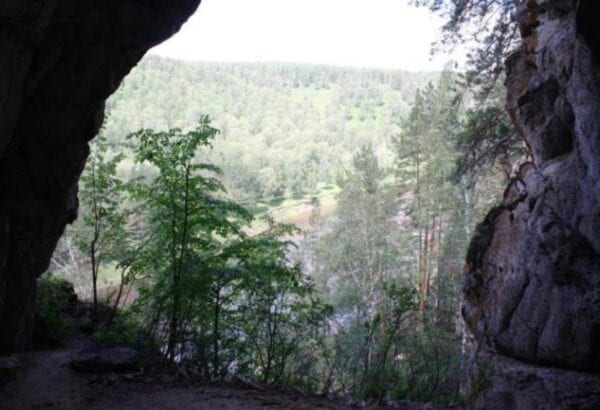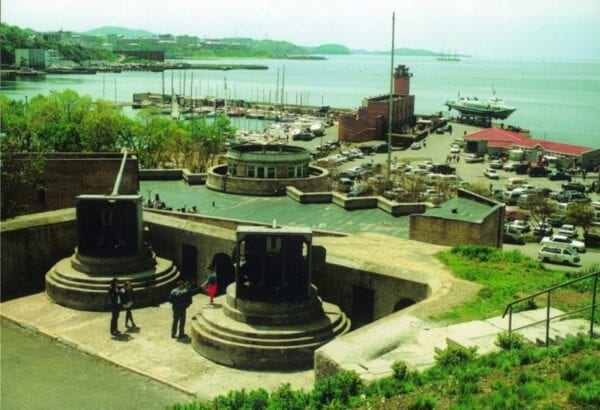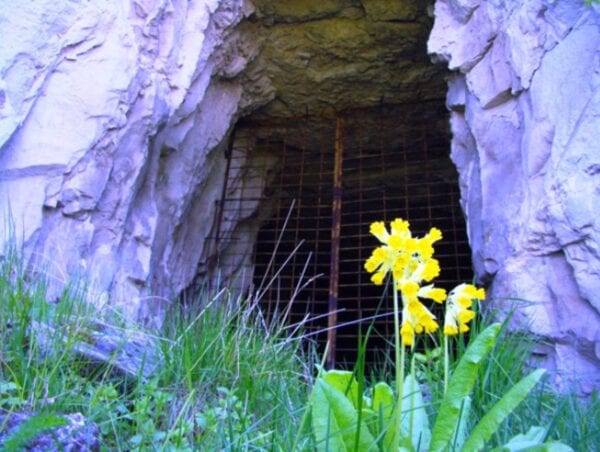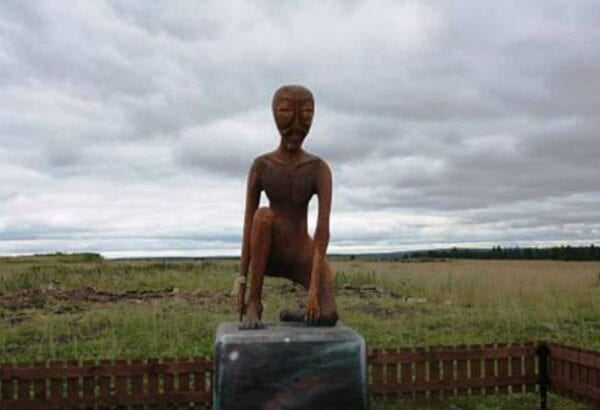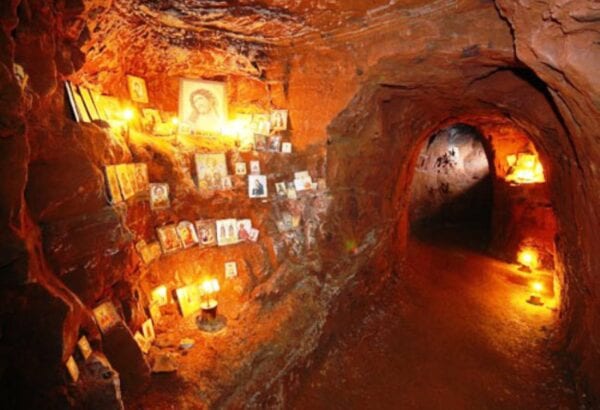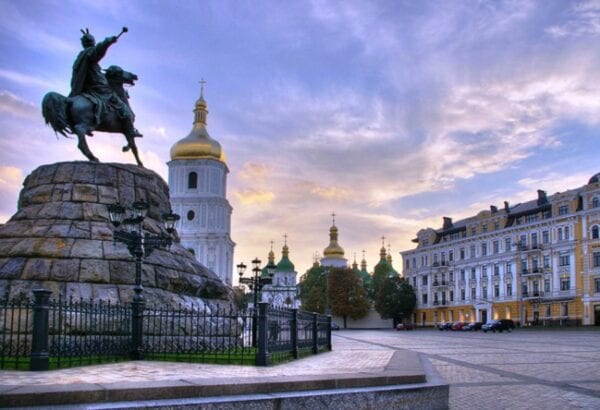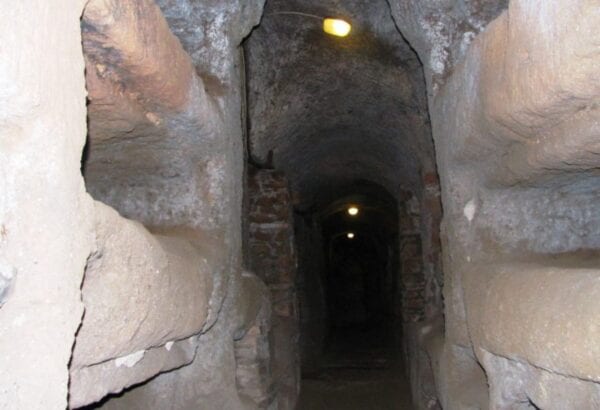 06, Апрель, 2016
06, Апрель, 2016Medicine in Ancient Egyptian culture
Those of us who regularly visits the fertile Egypt (and not only to carry out their legal holiday on the sandy beaches of the Mediterranean coast of the State or in the bars of local hotels) must have paid attention, that guides, to a greater or lesser extent, we mentioned that that medicine in ancient Egyptian culture occupies a significant place.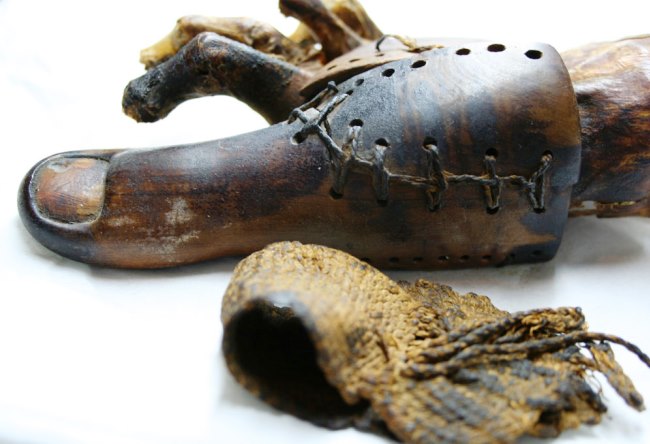
After all, the presence of the art of mummification and the possibility of more primitive surgery, says quite a significant level of development in this area of human activity. It should be noted, and the fact that the basis of the same ancient Greek and Roman medicine on the experience of the ancient Egyptians, and the priests of Mesopotamia.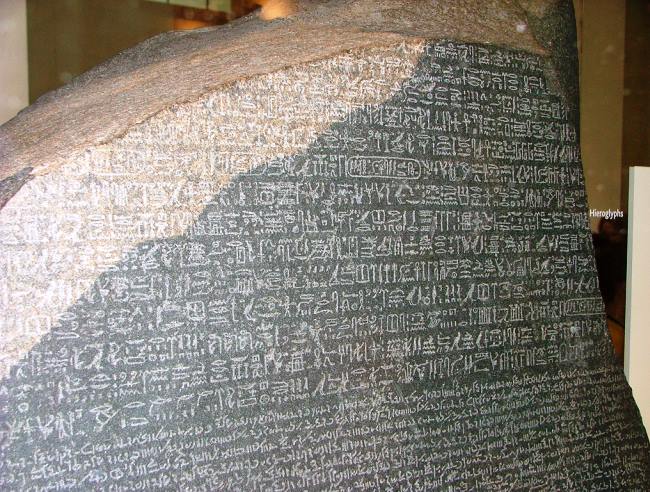
However, in fairness, it should be said that until 1829 all the knowledge and experience of the Egyptian physicians were the property of the civilized world only indirectly, only from secondary sources, works of ancient Greek historians such as Diodorus, Polybius, Strabo and the same Plutarch. In addition, quite a lot of information ancient Aesculapius drew from ancient Egyptian frescoes found in the ancient pyramids and temples of ancient Egypt. After all, before the date specified above ancient Egyptian hieroglyphics and have not been unraveled and transcribed to the extent that they could be read in its entirety.
The turning point in the whole of Egyptology considered two key dates. The first of these is the date of mid-summer 1799, when a group of French soldiers, led by Captain Guard Pierre-Francois Bouchard, digging the foundation for another building Fort Saint-Julien, that near, town Rosetta western shore of the Nile, discovered a fragment of an ancient Egyptian stele, flecked like ancient hieroglyphics, as the ancient Greek writing. They called the find — the Rosetta Stone.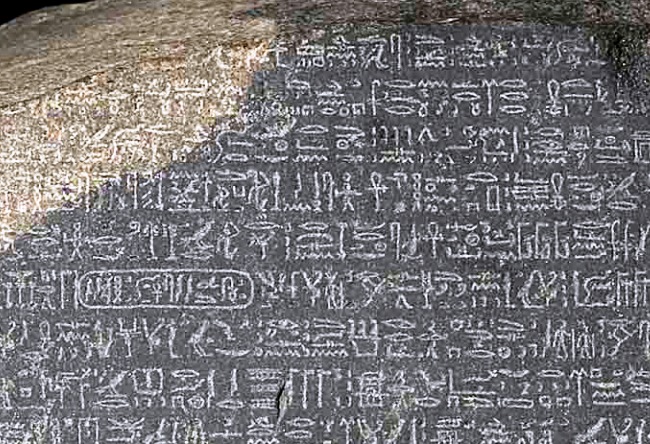
Since then, the civilized world got a chance to solve the mystery of the ancient Egyptian language and its history imprinted in the hieroglyphics and the achievements of ancient Egypt became the property of the world of culture and science. However, a solution to this difficult problem took as much, and more than one hundred and fifty years, until the French scientist linguist Jacques-Francois Champollion in 1829, having spent more than twenty years, yet solved the mystery of the Rosetta stone and all that it has been written.

